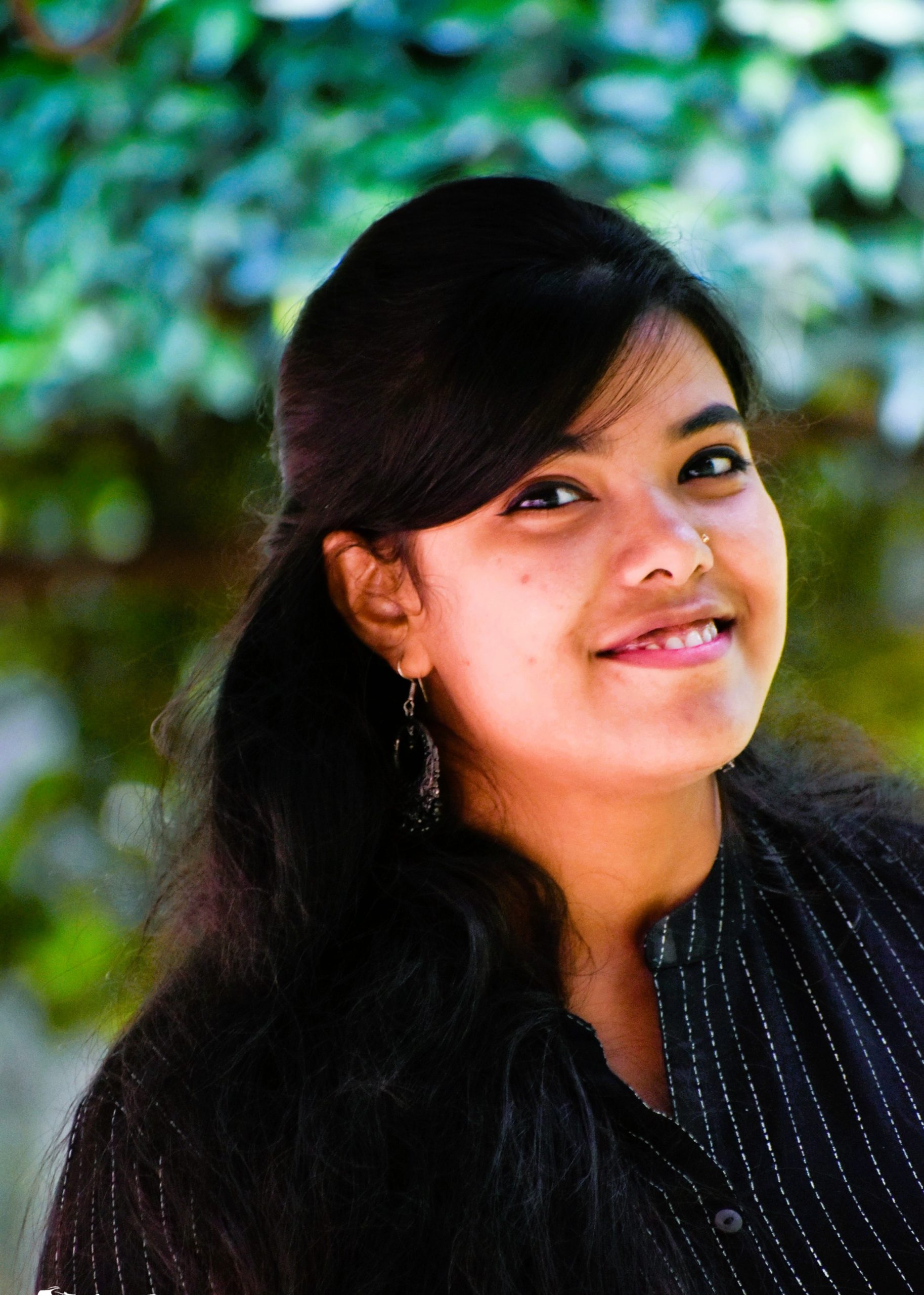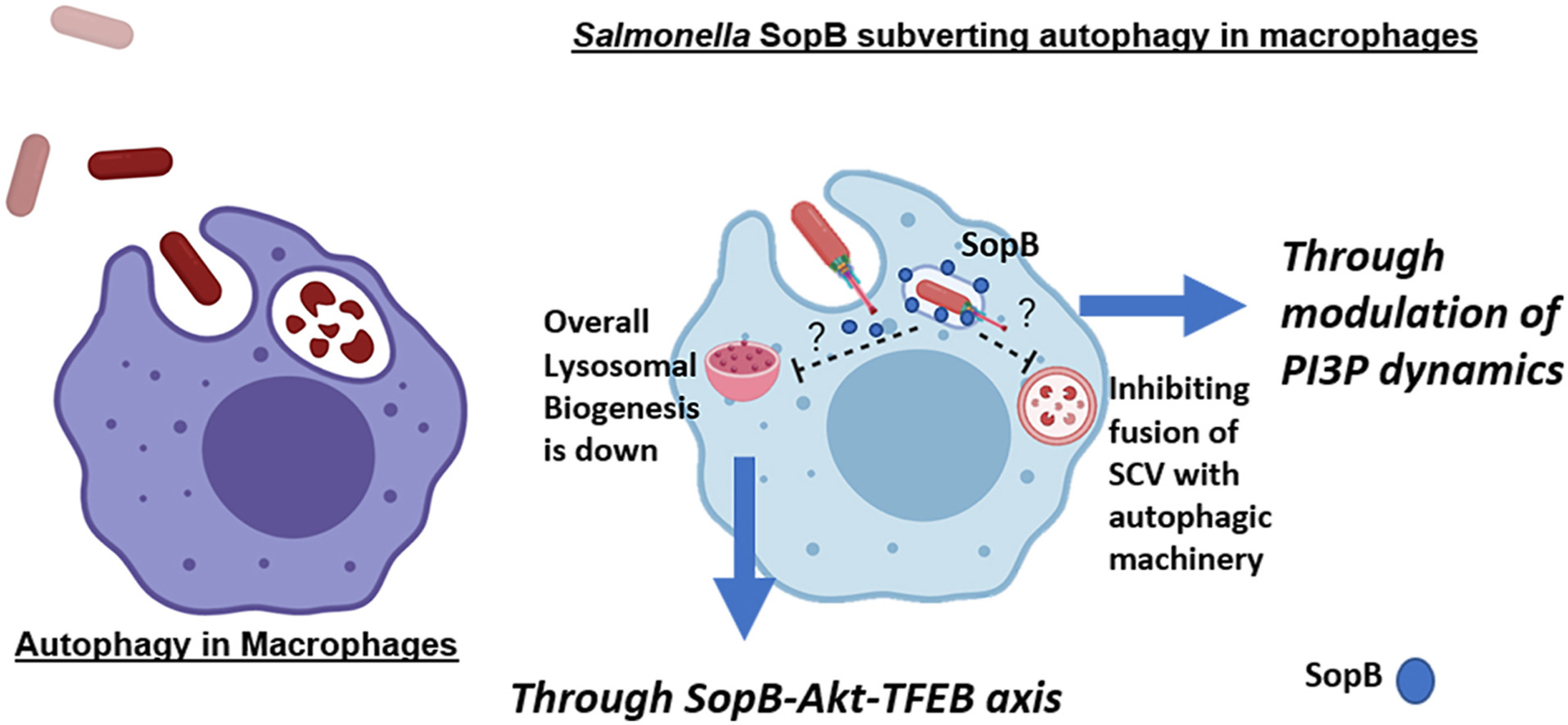About author
Ritika Chatterjee hails from Kolkata, India. She completed her Bachelor of Science in Microbiology (Honours) from Ashutosh College, Calcutta University (West Bengal), and her Master of Science in Biochemistry from Ballygunge Science College, Calcutta University (West Bengal). Ritika then joined Prof. Dipshikha Chakravortty’s Lab at the Department of Microbiology and Cell Biology, Indian Institute of Science, Bangalore (Karnataka), to pursue her doctorate. She worked on host-pathogen interactions, focusing on membrane fusion protein SNAREs and Salmonella interactions. She has also delved into research involving several other pathogens (belonging to the ESKAPE group) during her tenure as PhD candidate. Ritika has joined Prof. Matthias Trost’s group at Newcastle University as a Research Associate.


